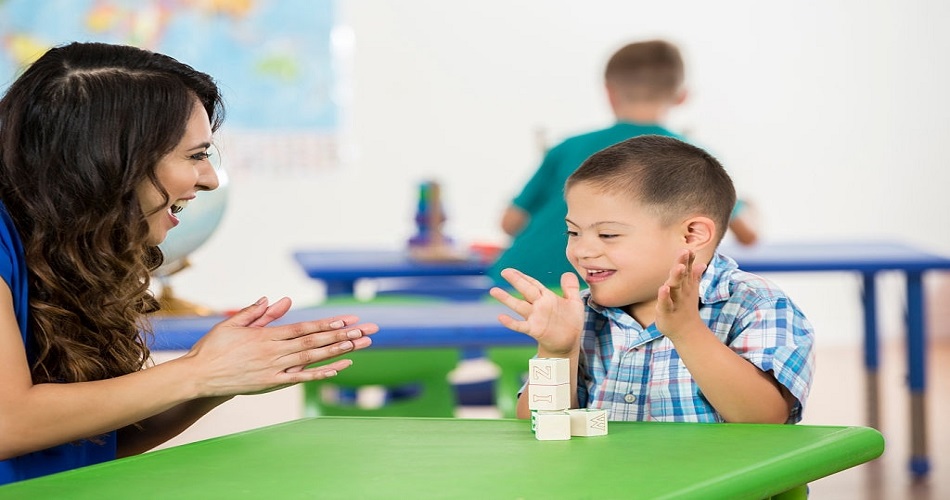
Special Education Teachers in Pullout Classrooms. Special education plays a crucial role in ensuring that students with diverse learning needs receive equal educational opportunities. One effective instructional model used in many schools is the pullout classroom approach, where students with disabilities are temporarily taken out of the general education classroom to receive specialized instruction. In this setting, special education teachers are the driving force behind student progress. Their role is not only to deliver individualized instruction but also to foster confidence, independence, and long-term academic success.
This article examines the significance, responsibilities, challenges, and best practices of special education teachers working in pull-out classrooms.
To provide targeted help, students with special needs are removed from their regular classroom for a portion of the day and placed in an organized environment known as a pullout classroom. Unlike inclusion or co-teaching models, pullout classrooms provide:
A personalized curriculum designed around the student’s Individualized Education Program (IEP)
Opportunities for rigorous intervention in subjects such as math, reading, writing, and social skills
Pullout classrooms are often used to address specific learning gaps while still maintaining a connection to the general education environment.
1. Delivering Individualized Instruction
Special education teachers tailor lessons to each student’s learning style, pace, and IEP goals. This includes breaking down complex concepts into manageable steps, using visual aids, and integrating multisensory teaching methods.
2. Assessing Student Progress
Teachers conduct formative and summative assessments to track academic growth. They frequently adjust lesson plans to match the students’ evolving needs and document progress for IEP reviews.
3. Collaborating with General Education Teachers
Even though instruction happens outside the mainstream classroom, special education teachers must coordinate with general education teachers to ensure alignment with grade-level standards and classroom expectations.
4. Supporting Social and Emotional Development
Pullout classrooms are not only about academics—they also help students build self-confidence, problem-solving skills, and resilience. Teachers integrate social-emotional learning (SEL) strategies to foster positive peer interactions.
5. Implementing Evidence-Based Strategies
Special education teachers rely on research-backed interventions such as explicit phonics instruction, behavior management systems, and assistive technology to maximize student achievement.
Maintain Strong Communication with general education teachers and parents.
To accommodate different learning styles, use differentiated instruction.
Incorporate Technology such as text-to-speech tools or interactive learning apps.
Focus on Transition Skills to help students smoothly reintegrate into general classrooms.
Build a Positive Learning Environment that encourages risk-taking, curiosity, and resilience.
With the rise of inclusive education, some schools are moving away from traditional pullout models. However, many educators argue that pullout classrooms remain essential for students who need intensive, individualized intervention. The future likely lies in a blended approach—where pullout instruction complements inclusive practices, ensuring that students benefit from both specialized support and peer interaction.
1. What is the role of a special education teacher in a pullout classroom?
A special education teacher in a pullout classroom provides individualized instruction, supports students in achieving their IEP goals, and creates a structured environment where learning challenges can be addressed with focused attention.
2. How does a pullout classroom benefit students with special needs?
Pullout classrooms benefit students by offering personalized attention, reduced distractions, targeted skill development, and specialized strategies that may not be possible in a general classroom setting.
3. What challenges do special education teachers face in pullout classrooms?
Common challenges include balancing schedules with general education, overcoming stigma students may feel when leaving class, managing limited time for instruction, and accessing adequate teaching resources.
4. How do special education teachers collaborate with general education teachers?
They collaborate by aligning lesson plans with grade level standards, sharing assessment data, coordinating schedules, and working together to ensure consistency between pullout instruction and classroom learning.
5. Is the pullout model better than inclusion for special education?
Neither model is universally better—it depends on the student’s individual needs. Pullout classrooms are ideal for intensive, focused instruction, while inclusion fosters peer interaction and social development. A blended approach often works best.